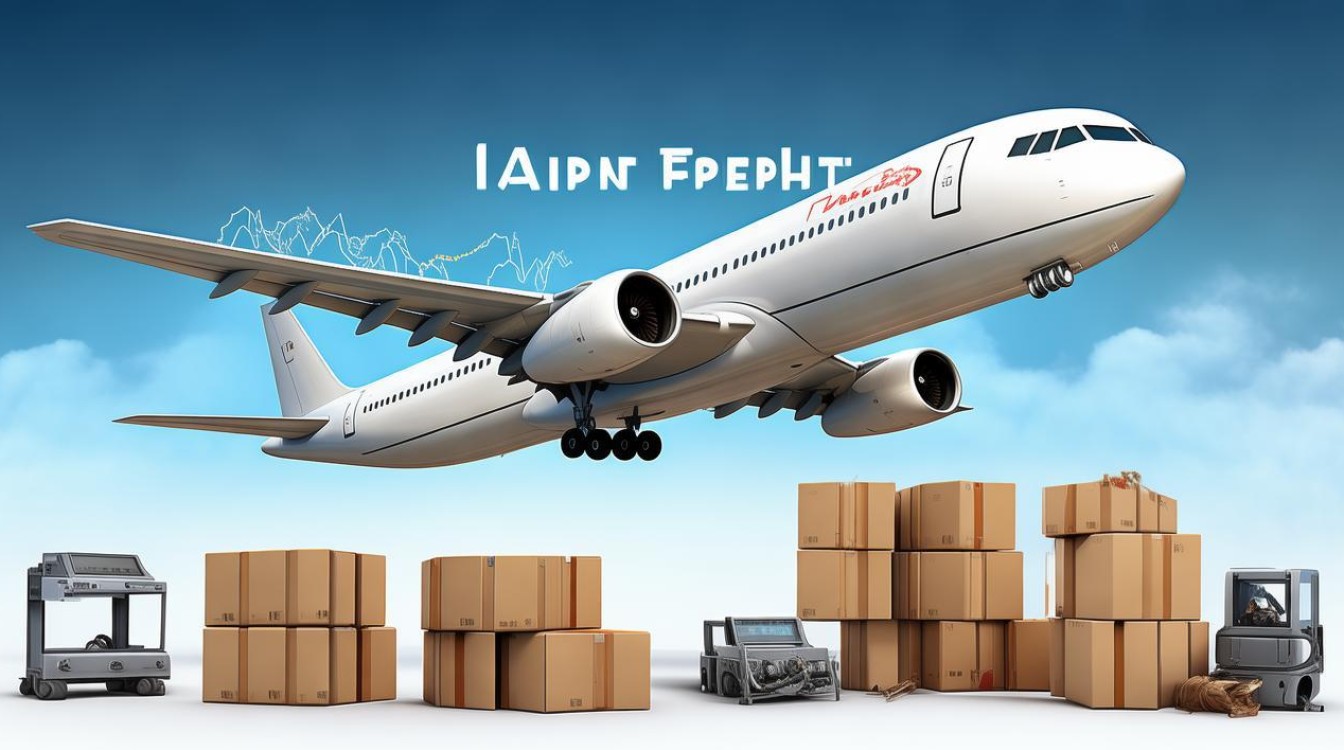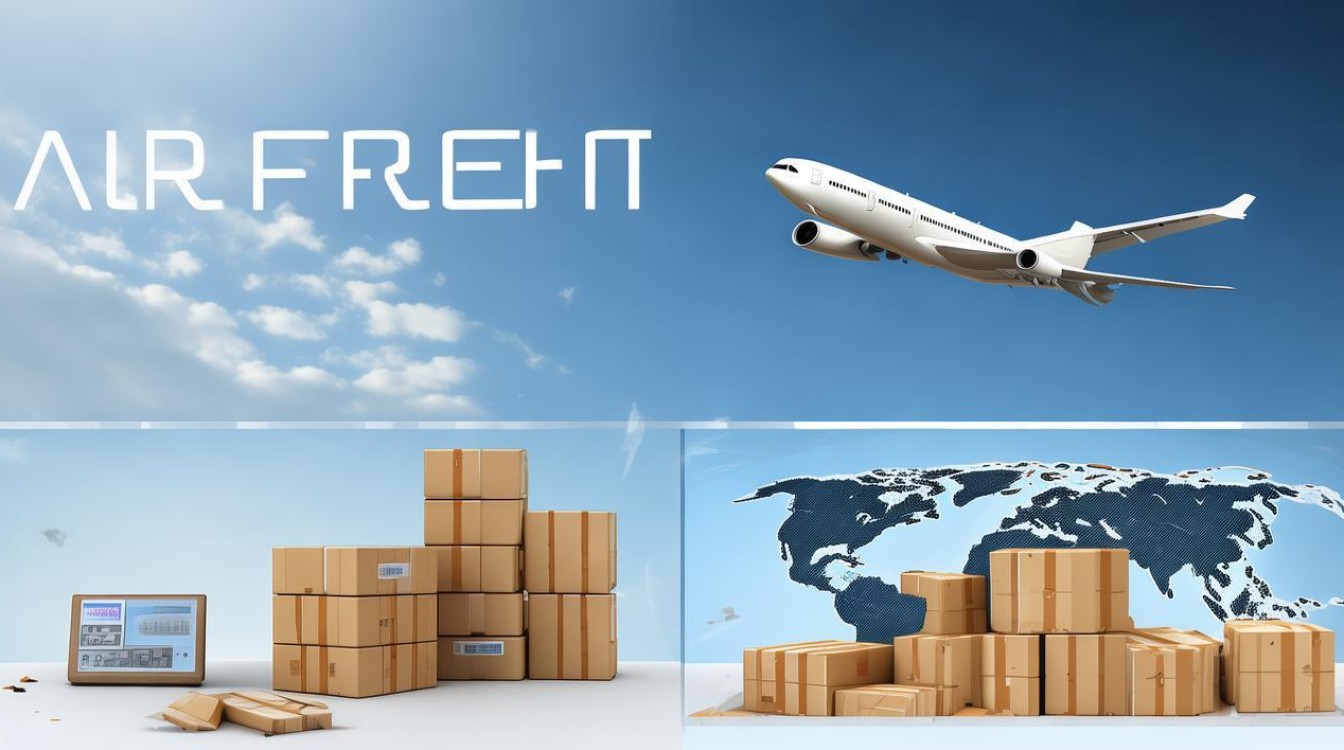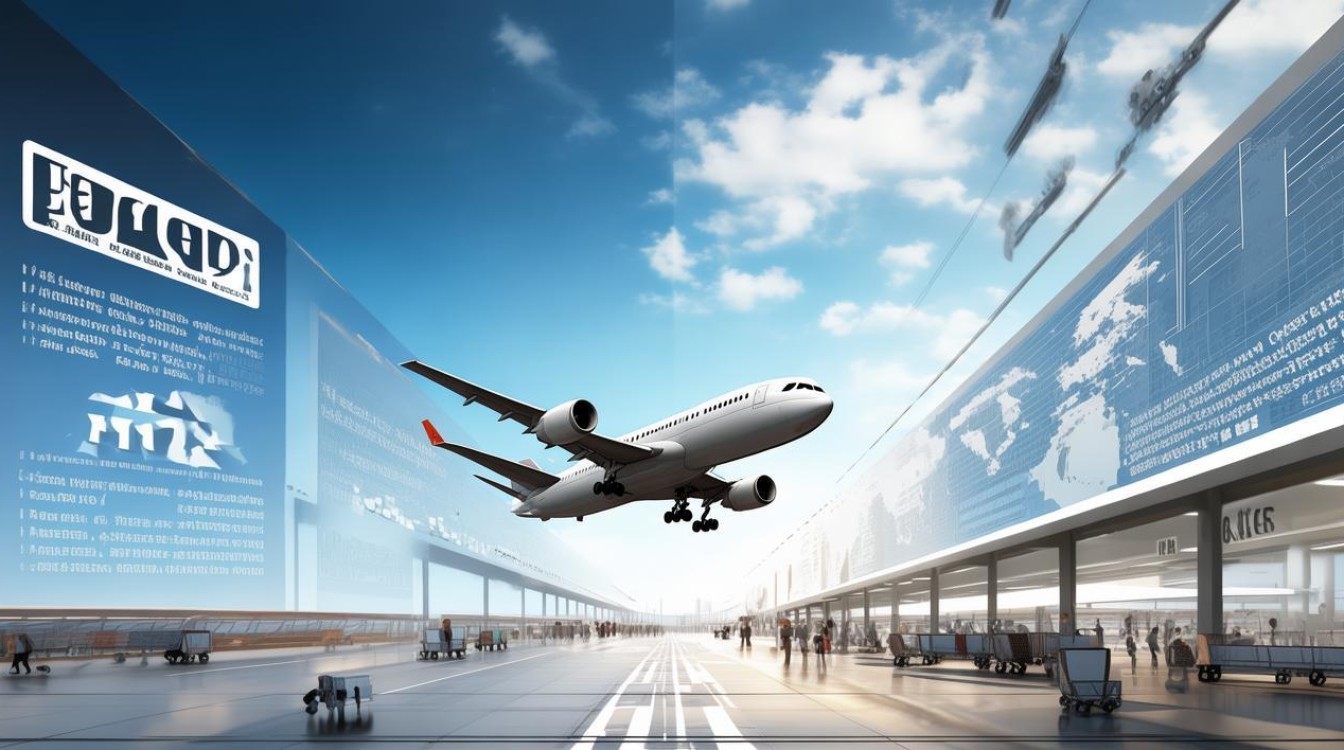Air freight is a crucial component of global trade, offering speed and efficiency for businesses that need to move goods quickly. However, like any transportation method, it has advantages and disadvantages. This article explores the key benefits and drawbacks of air freight, helping businesses make informed decisions.

Advantages of Air Freight
Speed and Efficiency
Air transport is the fastest shipping method, ideal for time-sensitive deliveries. Unlike sea or land transport, which can take weeks, air freight delivers goods within days. This is particularly valuable for perishable items, urgent medical supplies, and high-demand consumer goods.
Global Reach
Airports connect major cities worldwide, ensuring goods can reach almost any destination. This accessibility makes air freight a preferred choice for international trade, especially for businesses operating in multiple countries.
Reduced Risk of Damage and Theft
Air cargo undergoes strict handling procedures, minimizing the risk of damage. Additionally, airports have high security, reducing theft risks compared to long-haul trucking or maritime shipping.
Lower Insurance Costs
Since air freight is faster and more secure, insurance premiums are often lower than for ocean or road transport. Businesses can save money while ensuring their goods are protected.
Better Inventory Management
Fast shipping allows companies to maintain leaner inventories, reducing storage costs. Just-in-time manufacturing and e-commerce businesses benefit significantly from this advantage.

Disadvantages of Air Freight
High Costs
Air transport is significantly more expensive than sea or land shipping. Fuel, handling fees, and airport charges contribute to the high price, making it less viable for bulky or low-value goods.
Weight and Size Restrictions
Airlines impose strict limits on cargo dimensions and weight. Oversized or heavy shipments may require special arrangements, increasing costs and logistical challenges.
Environmental Impact
Air freight generates higher carbon emissions compared to other transport methods. Businesses focused on sustainability may find this a major drawback, especially with increasing environmental regulations.
Limited Capacity
Unlike ships or trains, airplanes have limited cargo space. During peak seasons, securing air freight space can be difficult, leading to delays and higher prices.
Weather and Operational Delays
Flights are susceptible to weather disruptions, technical issues, and air traffic congestion. These factors can cause unexpected delays, affecting supply chain reliability.

When to Choose Air Freight
Air freight is best suited for:
- High-value or time-sensitive goods (electronics, pharmaceuticals, fashion).
- Perishable items (fresh produce, flowers, seafood).
- Emergency shipments (medical equipment, spare parts).
For bulky, non-urgent, or low-cost items, sea or land transport may be more economical.
Air freight remains a powerful logistics solution despite its drawbacks. Businesses must weigh speed against cost and environmental impact to determine if it aligns with their needs. The right choice depends on product type, budget, and delivery requirements.

